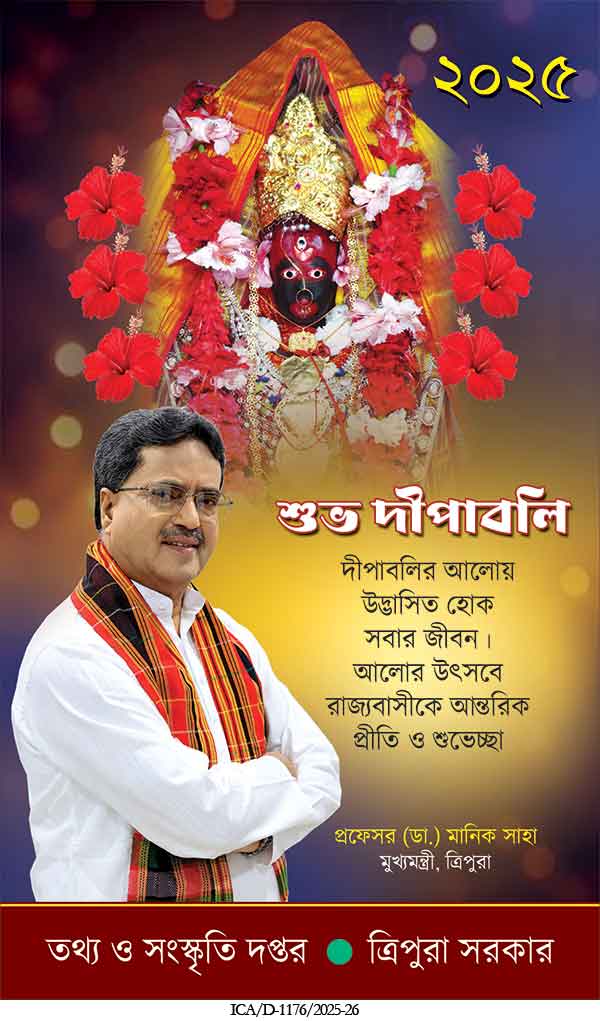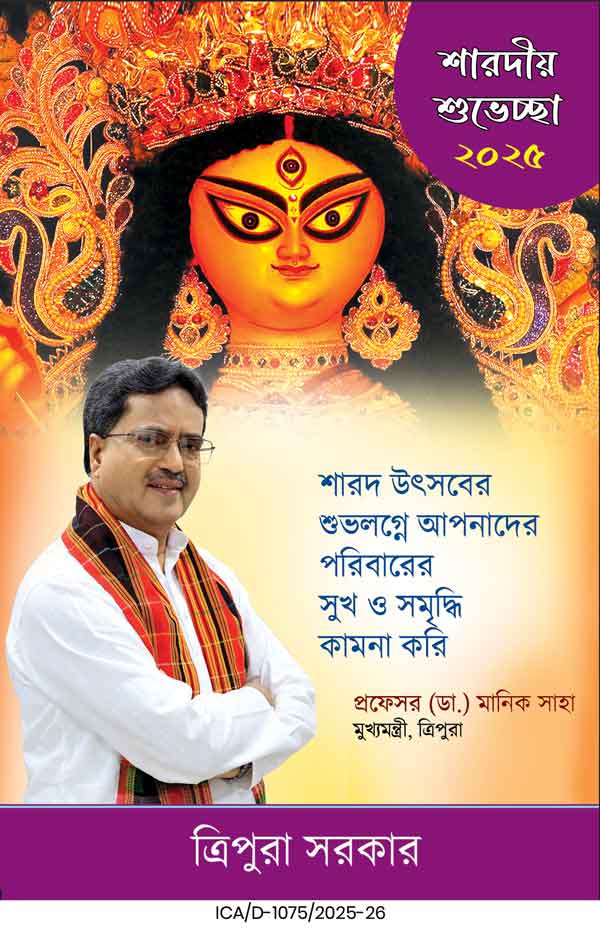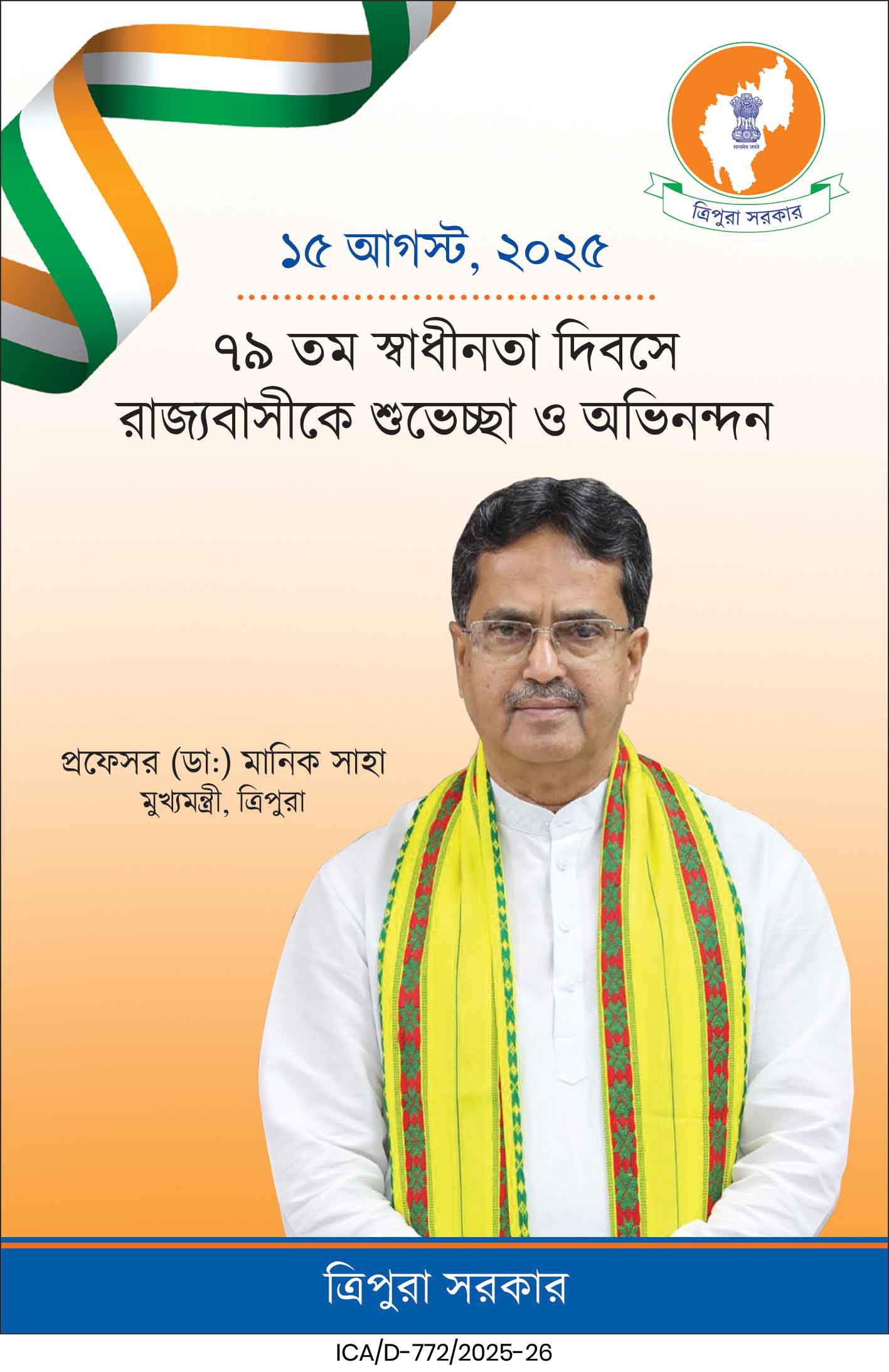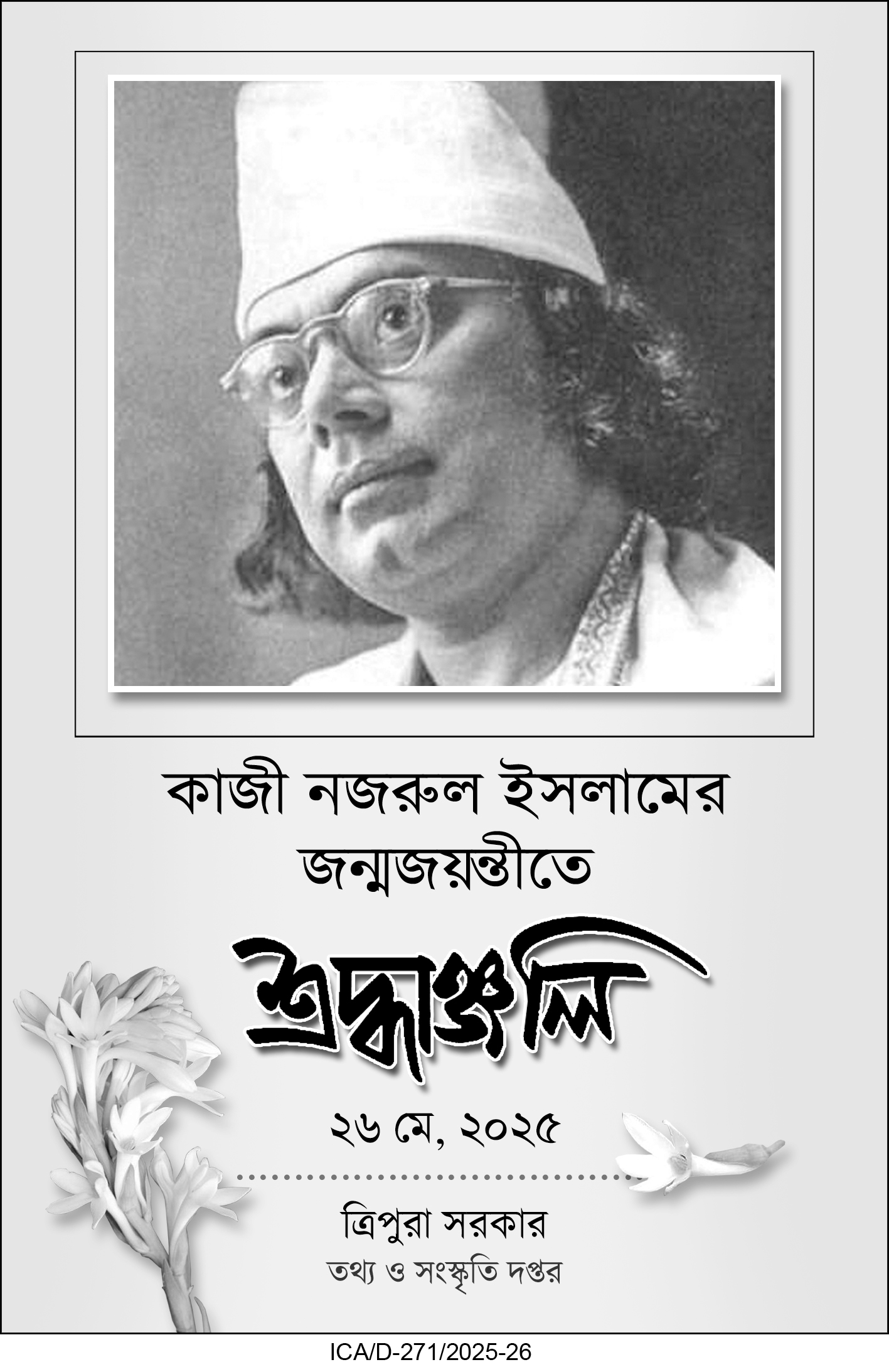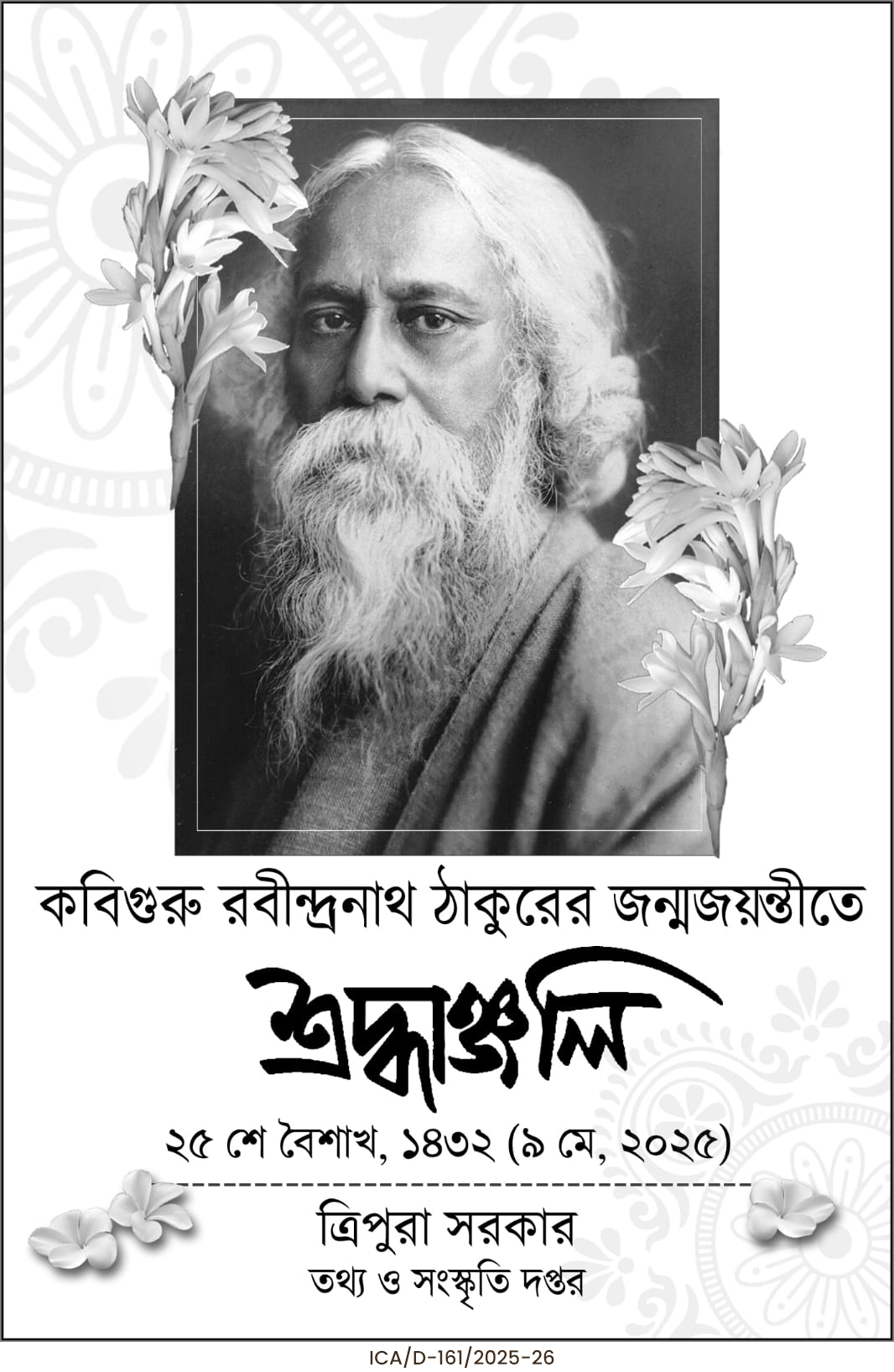The Centre plans sweeping reforms to protect traditional media from digital disruption, including new TRP norms, easier radio licensing, and higher ad rates, said Union Minister Ashwini Vaishnaw. The move aims to strengthen print, radio, and TV sectors amid digitisation.
The Union government is preparing a set of comprehensive reforms aimed at revitalising and safeguarding India’s traditional media sector — including print, radio, and television — from the rapid disruptions brought by digital transformation, Union Information and Broadcasting Minister Ashwini Vaishnaw announced on Saturday.
Speaking to reporters, Vaishnaw said that the Centre is focused on “removing regulatory hurdles” that have long affected the media landscape and is actively working to create a balanced environment where both traditional and digital media can thrive together.
Removing Regulatory Barriers in the Media Sector
“The government is working to remove regulatory barriers wherever they exist,” Vaishnaw said, emphasising that one of the major reforms under consideration is the modernisation of the radio licensing process. The goal, he explained, is to simplify permissions, reduce bureaucratic delays, and promote wider access to community and private radio services across India.
Vaishnaw added that the government is also introducing reforms to the Television Rating Point (TRP) system — the mechanism that determines the popularity and advertisement value of TV programs. “New TRP guidelines are being formulated to ensure fair revenue distribution among television channels, particularly with respect to government advertisements,” he said.
Overhaul of TRP Framework and Consultations
According to the minister, the Information and Broadcasting Ministry has already completed the first phase of consultations on the TRP reform framework. “The second consultation paper will be released soon, incorporating feedback from broadcasters, advertisers, and other key stakeholders,” he said.
The updated TRP mechanism aims to improve accuracy and transparency in audience measurement, an issue that has been at the centre of multiple controversies in the broadcasting industry.
Higher Advertisement Rates for Traditional Media
Vaishnaw also indicated that the government is actively considering raising the advertisement rates for print and television media to provide stronger financial support to these outlets. Traditional media houses have been under severe financial pressure in recent years due to shrinking ad revenues and growing competition from digital platforms.
By revising the advertisement rates, the government hopes to help traditional outlets maintain operational stability while ensuring fair compensation for their role in credible information dissemination.
Integration of Key Media Agencies
As part of a larger reform initiative, the government plans to integrate the Press Information Bureau (PIB), Central Bureau of Communication (CBC), and Registrar of Newspapers for India (RNI).
The integration aims to streamline operations, reduce duplication of work, and enhance coordination between policy implementation and media outreach. “This step will improve administrative efficiency and ensure that government messages are communicated effectively to the public,” Vaishnaw said.
Fact-Checking and Digital Verification Initiatives
Recognising the challenge of misinformation in the digital era, the minister revealed that a fact-checking chatbot is being developed to verify the authenticity of videos, images, and other online content. The tool, being designed as part of the government’s digital communication strategy, will help citizens quickly validate information circulating on social media.
“This chatbot will help people differentiate between fact and fiction, strengthening public trust in verified information,” Vaishnaw explained.
Enhanced Role of PIB in Public Communication
The Press Information Bureau (PIB) has already expanded its role by producing research-based documents, data-backed reports, and backgrounders on key national issues. This move is part of the government’s broader effort to make public communication more evidence-driven and transparent.
According to Vaishnaw, such initiatives underline the government’s commitment to both supporting credible journalism and promoting accurate information dissemination.
Balancing Tradition and Technology
The minister concluded by reiterating that while India’s media ecosystem is undergoing a profound digital transformation, traditional media remains central to public trust and social stability.
“The future of Indian media lies in the balance between technology and tradition. Our reforms are designed to ensure that traditional media continues to play a vital role, even in an increasingly digital environment,” Vaishnaw said.
| Also Read: Veteran Actor Satish Shah Passes Away at 74, Bollywood Mourns |
With these reforms, the government seeks to build a media landscape that values credibility, transparency, and inclusivity — ensuring that the voices of print, radio, and television continue to resonate powerfully alongside emerging digital platforms.

